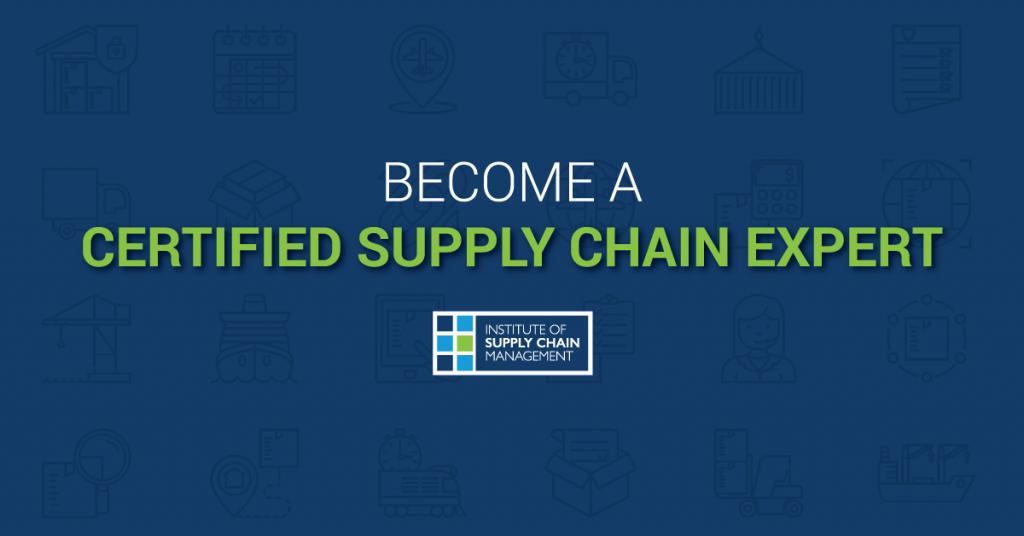
Supply Chain Risk Mitigation Strategies in Manufacturing:
Large Corporations vs SMEs
Large corporations and SMEs consider resources, capability, and risk tolerance while adopting different supply chain risk mitigation strategies in the manufacturing industry. Below is a comparison of the supply chain risk mitigation strategies of large corporations versus SMEs, discussing unique methods each of these businesses has adopted and showing some key differences.
1. Supply Chain Technology Adoption
Large Corporations:
Advanced Technology Integration: The larger the company, the better the adaptation of advanced digital tools. Additionally, utilise advanced software, predictive analytics, and IoT to allow real-time tracking. The latter provides end-to-end visibility and helps anticipate disruptions before they have a chance to take place.
Proprietary Systems: Most large corporations tend to either develop or adapt supply chain management software catering to highly specific purposes. These tools are integrated across global operations, thus affording them a global level of control over supply chain variables.
SMEs:
Cost-Effective Digital Tools: Most SMEs use off-the-shelf SCM tools, which are far cheaper and easy to implement than their customised counterparts. Such applications may not have that comprehensive level of functionality but are good enough to solve the basic supply chain visibility and efficiency.
Limited Customisation: Most SMEs, for budgetary reasons, use standardised software without advanced customisation. They would favour solutions which can be easily deployed and scaled, and focus on tools to meet immediate operational needs rather than future-proof with advanced technologies.
2. Supplier Diversification and Sourcing Strategies
Large Corporations:
Global Supplier Networks: Large companies have a large and diversified base of suppliers across the world. A single big company can have different suppliers within multiple regions to avoid being dependent on one source. They are also more likely to have prepared backup plans in case its suppliers disrupt, either dual supply or multi-supplying.
Supplier Development Programmes: Increasingly, large companies are investing in developing and auditing suppliers to meet standards on quality, reliability, and sustainability. The firms may also have formal arrangements for risk-sharing or performance-based contracting with key suppliers.
SMEs:
Localised Sourcing: Most SMEs have fewer suppliers and try to source products locally or regionally primarily due to the limited resources and small quantities that make sourcing from multiple regions less viable. In as much as this reduces a number of risks, it makes them very vulnerable in case there is a disruption from a key local supplier.
Fewer Supplier Audits: Most of the SMEs, due to their resources, cannot audit their suppliers frequently or build up a comprehensive supplier risk management programmes. They instead believe more in trust and long-term relationships when dealing with suppliers rather than formalised risk agreements.
3. Inventory Management and Stockpiling
Large Corporations:
Lean but Redundant Supply Chains: Most large corporations use lean inventory management practises while introducing strategic redundancies such as buffer stocks or safety stock to guard against disruption in the supply chain. The large companies can afford to maintain this contingency inventory without significantly affecting their cash flow.
Vendor-Managed Inventory (VMI): Most large corporations use VMI, whereby suppliers are allowed to keep inventories on-site. This helps them keep operations lean and at the same time ensure continuity of material availability.
SMEs:
Strategic Stockpiling: SMEs often maintain strategic stockpiling while blended with lean operations. This can keep excess stock of items that are highly risky, thereby buffering against disruptions, whereas cash flow limitations prevent them from stockpiling extensively.
Manual Inventory Management: Most of the smaller firms depend on more rudimentary methods of managing inventory, such as periodic stock counts and less advanced mechanisms of inventory management. This constitutes another barrier to realising a similar efficiency level as larger firms.
4. Risk Management and Supplier Relationships
Large Corporations:
Collaborative Risk Management: This applies to the large companies’ formal risk-sharing approach, which goes to extend to collaborating with contingency plans and sharing data for risk forecasts with their suppliers. They may also impose strict standards in respect to risk management that the supplier must keep to, many times using complex audits of suppliers.
Visibility on Multi-Tier Supply Chain: Most large corporations have visibility, not only about their direct suppliers but also about earlier tiers of the supply chain, like the suppliers’ suppliers. This enables them to manage risks a step ahead from upstream.
SMEs:
Closed supplier relationships: Even though SMEs may not afford formal risk management programmes, their relationships with suppliers are generally close and based on trust. These relationships drive the ability to negotiate flexible terms and emphasise collaboration during disruption.
Lack of multi-tier visibility: SMEs have less multi-tier visibility beyond their direct suppliers, hence limited or no capability for predicting disruption further up their supply chains.
5. Sustainability and Regulatory Compliance
Large Corporations:
Sustainability Investments: With resources at their disposal, large companies are better positioned to integrate sustainability into their supply chain strategies. They invest in sustainable sourcing, recycling initiatives, and green manufacturing processes for both compliance with environmental regulations and achievement of goals laid down in CSR.
Compliance Frameworks: Large companies will have strong compliance departments to monitor and ensure, throughout their supply chain, adherence to international trade, labour, and environmental laws.
SMEs:
Pragmatic Sustainability: The trend of sustainability has increasingly been adopted by more SMEs. Still, most of them do not possess the required resources for big-time investment in either green technology or supply chain transparency. However, the companies may pursue sustainable sourcing practises in a pragmatic way, such as using recycled metals, if economically viable.
Compliance Focused: Most SMEs have focused their efforts on compliance with local or industry-specific regulations, often without resources or the ability to extend their compliance policies into a complex global supply chain. The level of compliance is usually reactionary and not driven by any immediate legal need for change.
6. Geopolitical and Trade Risk Management
Large Corporations:
Global Diversification: Companies reduce the risk of geopolitical conflict by diversifying suppliers across a variety of regions. Companies hedge against the risk of disrupted trade through flexible contracts or sourcing from politically stable regions. In many cases, they retain legal teams and consultants who are specialists in negotiating complex trade regulations, tariffs, and sanctions.
Scenario Planning: Large corporations perform scenario planning and stress tests to model situations that could emanate from geopolitical disruption in order to formulate comprehensive contingency plans in preparation.
SMEs:
Localised and Nearshoring Focus: The general lack of resources to maintain a large, globally diversified supplier network is commonly overcome in SMEs by focusing on either local suppliers or nearshoring to reduce geopolitical risk exposure with regard to international trade disruption. This approach simplifies the logistics and reduces risks associated with tariffs and political instability in far-off regions.
Ad-Hoc Planning: SMEs do not have any formal scenario planning processes. However, they frequently respond to geopolitical risks when they materialise. This ranges from renegotiating contracts with suppliers to changing material sourcing when trade barriers are raised.
Conclusion
Large Corporations have the advantage of scale, resources, and technology to implement a more formalised and proactive supply chain risk management strategy. Advanced technologies, multi-tier supplier visibility, and global diversification help mitigate risks.
SMEs depend on low-cost pragmatic solutions. Because of resource scarcity, they would have to depend more on closer relationships with suppliers, localised sourcing, and less sophisticated risk management strategies. While the SMEs might be ‘nimbler’ to respond to disruptions, they have to face higher risks due to limited visibility and reduced resources for overall risk management.
The strategy pursued by each group reflects its particular set of constraints and opportunities, with big corporations using scale and technology in proactive risk mitigation and SMEs taking a more relationship-driven and flexible approach.
Article by, Ibrahim Sahin, Director of Novelty Structures
To find out more about Novelty Structures visit https://www.noveltystructures.com
IoSCM will certify your outstanding professional achievements, recognise your skills, and celebrate your contribution to the global supply chain by awarding you Certified Expert or Professional status and prestigious post-nominal reflective of your experience and specialist areas of career achievements. Helping you to advance your career and demonstrate your professional capabilities in sectors of the supply chain.
Applications can be made via the online form HERE, or you can speak with the IoSCM Membership team for further guidance.

